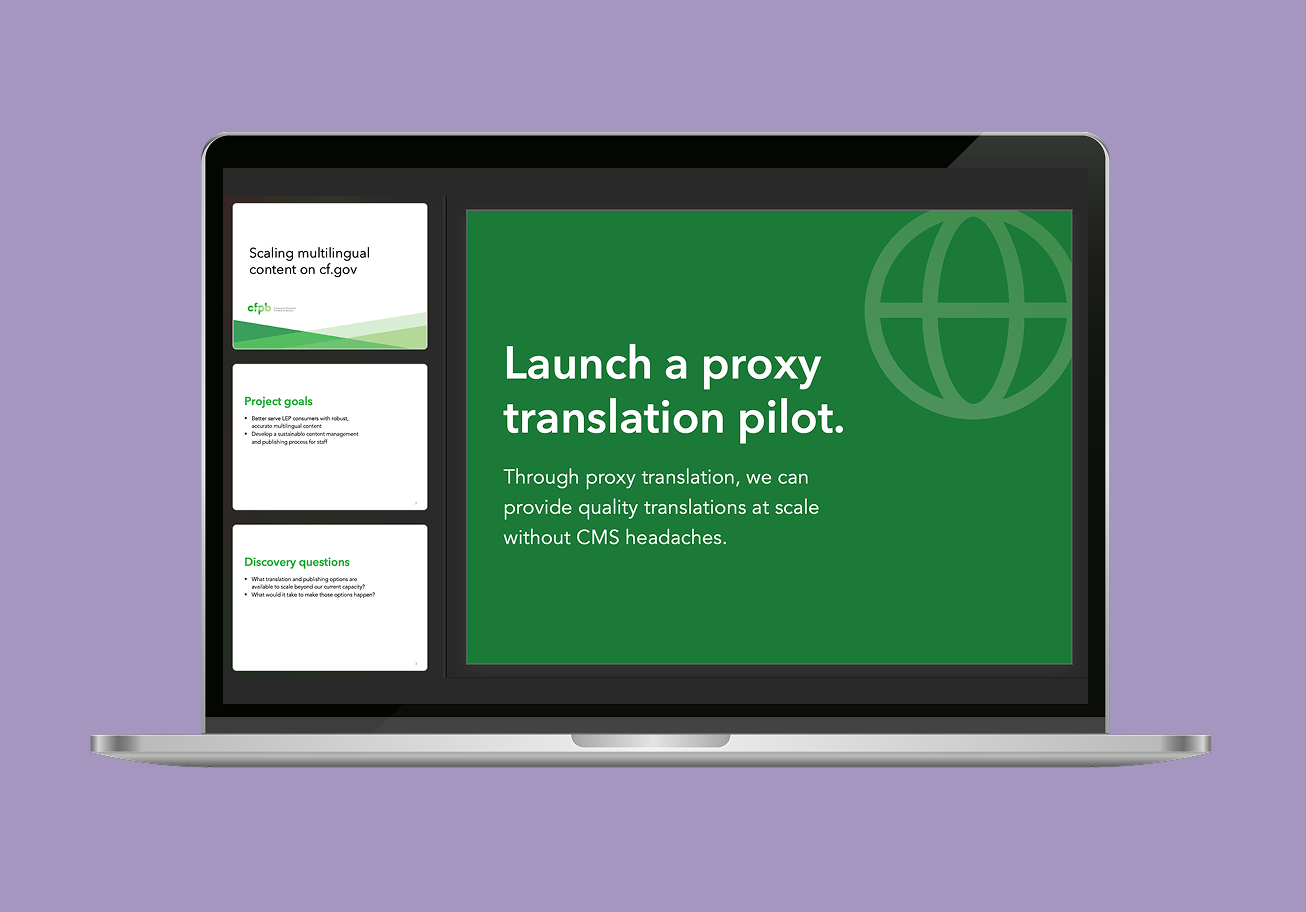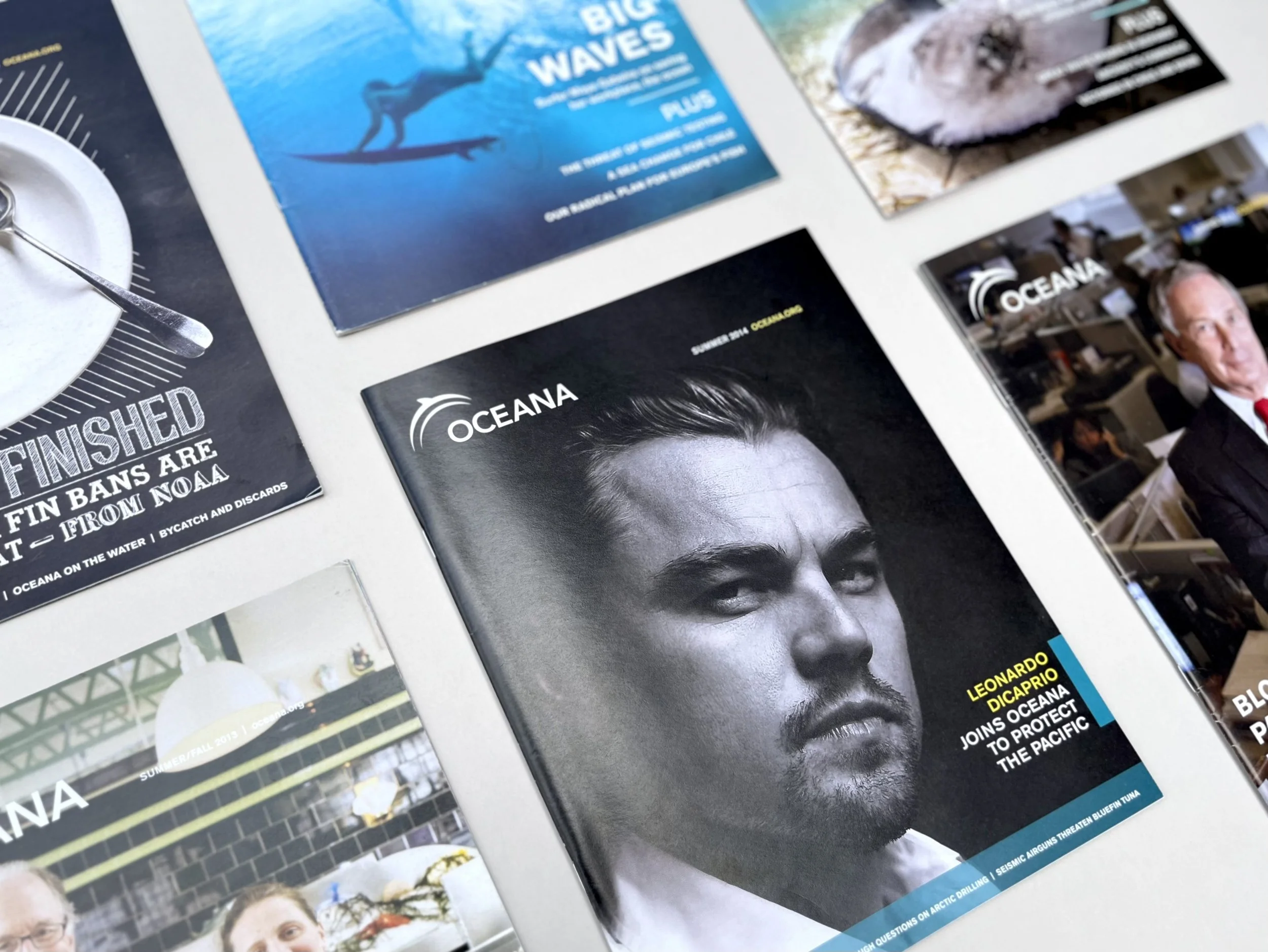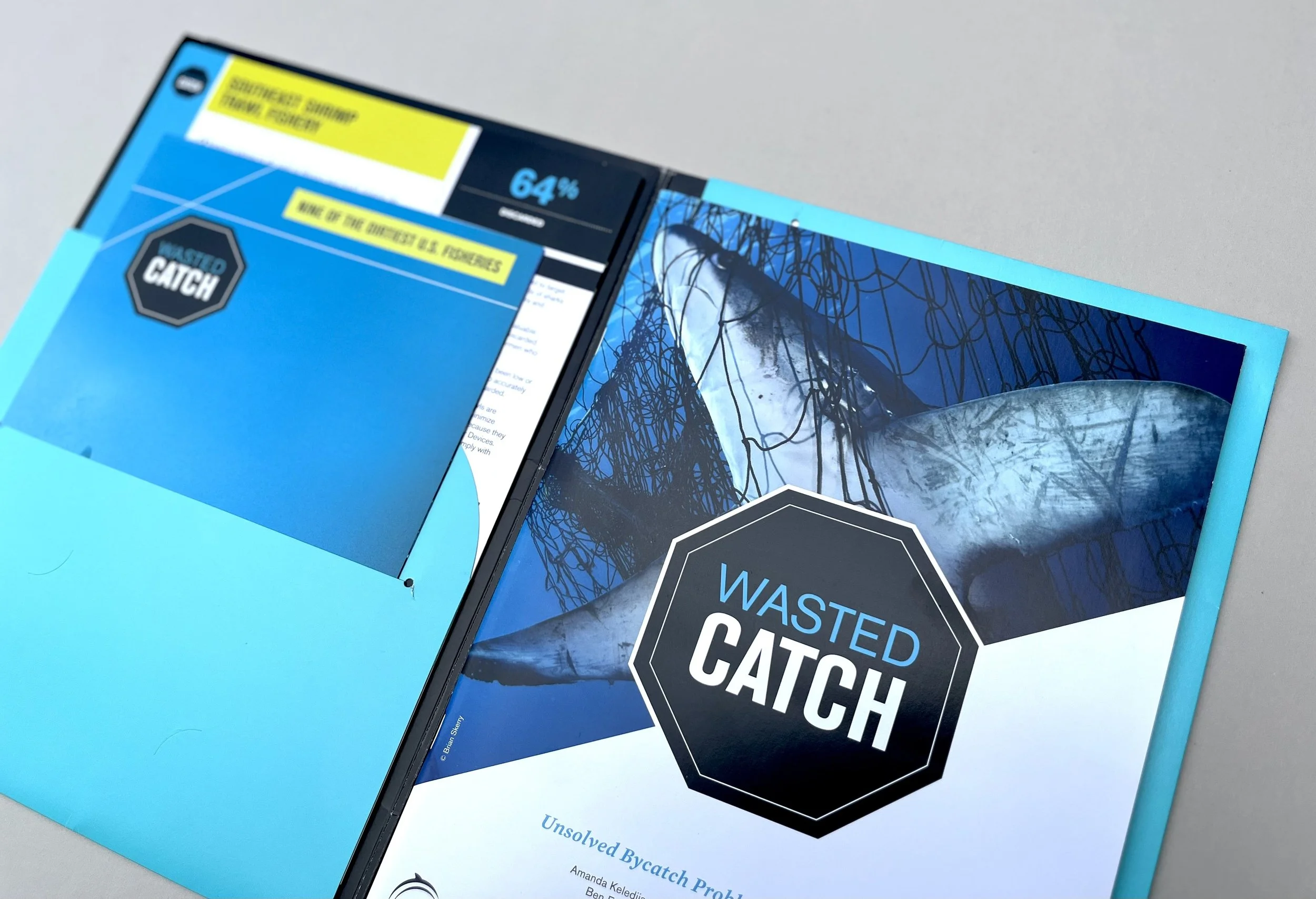Scaling a language strategy
The Consumer Financial Protection Bureau (CFPB) helps consumers who have limited English proficiency (LEP) and may face challenges engaging with the US financial marketplace. CFPB’s process for publishing multilingual content thus far has been ad hoc and manual. My team conducted research into how the CFPB might use new technologies to drastically scale up its multilingual content.
My contributions
User research
I conducted interviews, synthesized findings, and created artifacts such as a journey map to help guide the team in our research and recommendations. I met regularly with and consulted stakeholders. I collaborated with my team to plan discovery activities and present findings and recommendations.
1.
Understand needs and requirements
To begin the project, we gathered background information. A CFPB project team had recently launched a suite of multilingual pages. We reviewed findings from their focus group research and usability testing, which affirmed that translations helped consumers with LEP understand important money topics. Participants reported that high-quality translations increased their trust in the CFPB and made them feel included.
Simultaneously, CFPB leadership asserted multilingual expansion as a priority in line with Executive Order 13166, which states that consumers with LEP should not feel limited in their engagement with the US financial system.
Alongside the executive order, the Department of Justice asserted that government agencies should not rely solely on machine translation without human review to ensure vital content is accurate when translated.
2.
Uncover assumptions and define goals
We connected with stakeholders to brainstorm the reasons for undertaking this project and who would benefit from the work. This helped us articulate project goals—that we sought to research translation and publishing options that would be sustainable by CFPB staff, ensure accurate translations, and better serve consumers with LEP.
I collaborated with my team to plan and facilitate a project kickoff with stakeholders.
3.
Understand the current state
To understand the current process for translating and publishing multilingual content, I interviewed the CFPB team that had recently launched a suite of multilingual pages.
The team’s content strategist, a central role on the project, described the process as being very manual, involving several steps and documents. She said it felt nerve-wrecking to keep track of pieces and do a final review of pages not knowing the language.
To capture her workflow and experience, I created a journey map.
I conducted interviews and created a journey map to better understand the current process for publishing multilingual content.
“There were a lot of moving parts and a lot of organization and version control was needed. Arabic key terms was missed in the process. I made the content docs, just missed sending them in the mega email.”
4.
Research translation and publishing approaches
To understand options for scaling multilingual content, we interviewed government agencies, researched machine translation methods, and learned about proxy translation.
Publishing approaches
To explore options for publishing multilingual content in our content management system (CMS), we researched internationalization packages available for our CMS. We installed a localize package on a demo server to better understand the workflow it offered. We also brainstormed changes we could make to our site’s information architecture and URL paths to better support a large volume of multilingual pages.
We investigated non-CMS approaches. Some of the city governments we spoke to used a method called proxy translation, in which a third-party vendor crawled their site content and produced a translated mirror of it. The translated mirror was hosted on a separate server and presented to visitors in the browser. In this workflow, they used machine translation, which provided near-instant translation and publishing when they made a change to English content.
Translation approaches
We learned that several city governments used machine translation, such as Google Translate API, without human review. We explored machine translation options and connected DeepL to a demo server to try out.
We talked to a federal agency that employed an in-house linguistic staff of 13 employees to handle human translation. The agency developed a content prioritization system to inform vital and non-vital content to translate and developed glossaries to ensure consistent translations across content.
We talked to a proxy translation vendor who offered translation via human, machine, or a combination of the two. They were developing an “adaptive” translation model in which human translation would be supplemented by a machine-learning model trained on the existing human translations.
5.
Present findings and recommendations
Equipped with different approaches and considerations, we presented our research to stakeholders and asserted a recommendation: Conduct a proxy translation pilot.
Proxy translation provides the potential to offer a large amount of quality translated content to consumers with LEP and avoid the costs and workflow concerns involved in managing translated content in our CMS.
In addition to the proxy translation pilot, we recommended that the content team audit existing site content to identify content types, owners, and opportunities to make the content plain language. We also recommended that they create a prioritization model to help identify vital and non-vital content and assist in any rolling efforts to expand translations.
I collaborated with my team to present findings and a recommendation.
View more work











